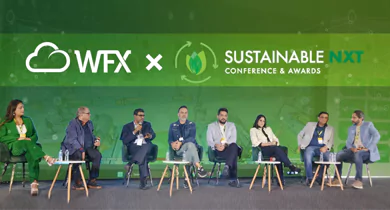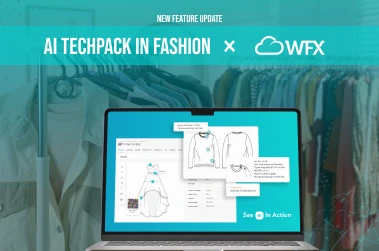
AI emerged as a cornerstone of the discussion, with unanimous agreement that its ability to augment human work holds the key to optimization in fashion. Jasveen Kaur, Senior Director at Newtimes Group, highlighted how her design teams are already leveraging AI tools to generate design inspiration and turn ideas into actionable concepts for clients. “Generative AI tools are becoming more accessible and are helping merchandising teams amplify their efforts with the same resources,” she noted.
Beyond design, AI is also proving instrumental in optimizing production and reducing waste. By analyzing data, it can predict consumer demand with precision, enabling manufacturers and retailers to minimize overproduction—a perennial issue in the industry.
Jasveen also shared an anecdote about how AI simplified critical email communication involving one of her suppliers and customer. By using AI to communicate solutions that were clear and conciliatory, she was able to resolve a potential conflict efficiently and to the satisfaction of both parties. This example underscores how AI’s practical applications extend beyond design and data analytics to everyday operations like communication. Whether in coordinating logistics or smoothing negotiations, AI is proving invaluable in streamlining interactions.
Saurabh Saxena, Group CIO of PDS Ltd., emphasized the importance of teaching teams how to use AI effectively. “Prompt engineering is where we see significant growth potential. Everyone has access to AI tools but knowing how to make the most of it is what will make the most difference,” he stated. With a focus on training employees to frame the right prompts and questions, businesses can unlock the full potential of AI-driven insights and task automations.












































